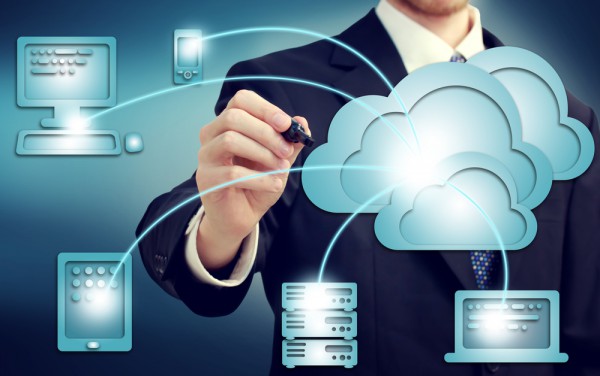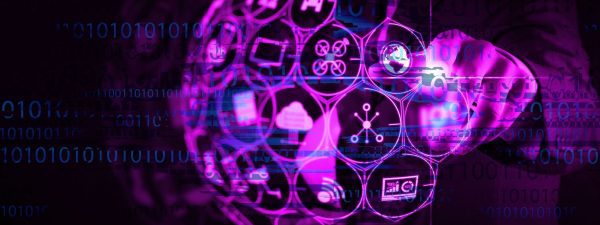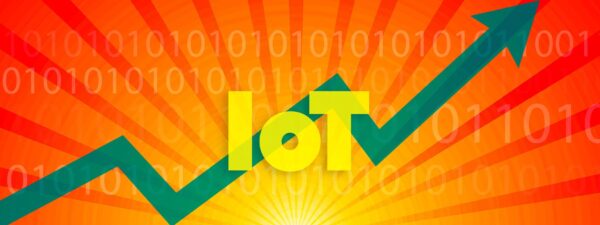by Shawn Ryan
At every business level, for a B2C or B2B organization, data from billions of digital touch points is fundamentally transforming the nature of the enterprise-consumer relationship. Don’t believe me? A recent 2017 mobility report by Ericsson forecasted that 29 billion connected “things” would be in use by 2022. This means that the far-reaching nature of IoT connectivity will allow companies to derive data knowledge from previously unexplored territory via IoT-enabled technologies like portable, internet-connected sensors. When combined with data from digital sources like social media apps and mobile devices, these sensors provide enterprises with the potential data intelligence to transform business operations, customer interactions and product development.
From an IT perspective, the paradigm-changing “data-pocalypse” introduced by IoT devices forces enterprises to reevaluate their data strategies to accommodate the sheer amount of new data generated. To realize innovation and the business benefits of IoT, enterprise organizations must be equipped to support IoT data collection from the get-go and unite the plethora of digital data streams into a single, complete picture. Only with a unified view of all data streams will enterprises be able to unlock the true value of IoT data and craft the ultimate customer experience (whether that’s for consumers or enterprise partners).
Modernizing Customer Experiences Through IoT Data
So why is IoT data such a big deal, anyway? Beyond fancy smart home gadgets and wearables, the enterprise relevance of IoT lies in the actionable insights that can be extracted from raw, IoT-derived data. Businesses can also take their data strategy one step further and combine all data and insights driven by ancillary digital initiatives, such as online app data, social media data or mobile device data, as well as data from partners and the greater ecosystem. By unifying customer data derived from multiple sources and touch points, an enterprise can build a highly customizable profile for each customer that can inform predictive user experiences.
However, the idea of implementing and integrating IoT technology can be overwhelming and even impossible to consider for enterprises just starting their digital transformation journey. In the face of the IoT data-pocalypse, which has enterprises balancing the large influx of IoT data with their overarching IT strategy, many organizations are struggling to combine all of their digitally-driven data streams into one singular and comprehensive view of the customer.
To overcome this challenge, enterprises must reconsider their day-one data strategy and build a foundation in both IT and digital development infrastructure that will future-proof their enterprise organization to handle the IoT or any other revolutionary, emerging data technologies (such as artificial intelligence and machine learning). Here are the four essential tips to prepare your enterprise strategy for the IoT data-pocalypse from the bottom-up:
Tip 1: Build up your IT infrastructure
At the core of complete data integration is a strong foundation of IT infrastructure that can handle high volumes of data streams and from various sources. IT infrastructure can provide the security capabilities necessary to ensure that customer data won’t be compromised. A cloud-friendly infrastructure can also accommodate the scale of IoT data and support future edge computing capabilities for streamlined data processing.
Tip 2: Adopt a solution that can handle and unite data streams from a variety of sources
To better accommodate the variety of different sources and streams of data derived from IoT sensors, enterprise should adopt a data management platform that is centralized, easy to use and can unite different data silos. The process of uniting data silos is especially important in ensuring data quality and preventing data streams from running into each other. Once united, an enterprise can leverage Big Data analytics to derive relevant business insights from these vast data lakes of IoT and other digital data.
Tip 3: Make your data scalable, agile and adaptable
At a digital development level, leveraging development tools like APIs allow for easy-to-use building blocks that enable a scalable and more easily adaptable data integration process. After completing development, enterprises can publish APIs for use by partners and developers in the ecosystem, promoting scalability and easy data integration that is adaptable to growing IoT data needs.
Tip 4: Consider the front-end experience
The ultimate goal of adopting IoT solutions in an enterprise strategy is to add value, whether this is on the back end (for streamlining operations) or on the front end (to promote ideal customer experiences). When beginning to prepare for IoT data, enterprise organizations should look into how this data can generate more value for end users themselves, and design their solution accordingly.
The Bottom Line
Ultimately, end-to-end data integration built on a modern IT infrastructure can sufficiently support digital initiatives like customer-driven IoT sensor data and promote a complete, unified view of all digital enterprise data available. Only with this unified data view will enterprises be able to stay ahead of the competition and provide a comprehensive, predictive customer experience based on real-time data insights.
Beyond customer experiences, the implications of a broader unified data view also means your enterprise will be better equipped to handle the disruptive data landscape facing the consumer and business ecosystem at large. With IoT spreading across all industries, it is more important than ever for enterprises to embark on a digital transformation journey.
Shawn Ryan is the vice president of product marketing, Digital-as-a-Service, at Axway.




